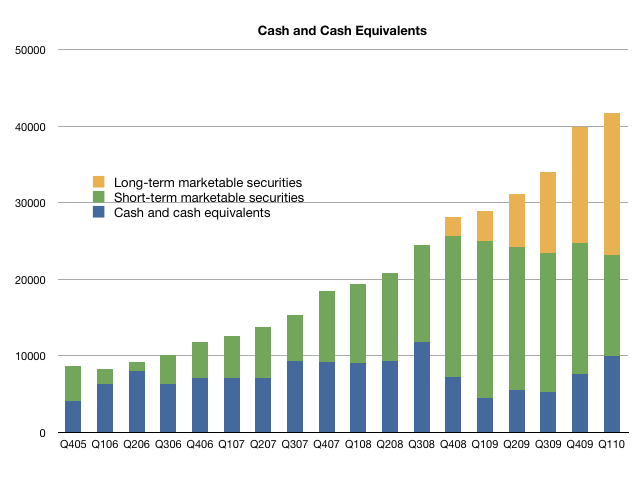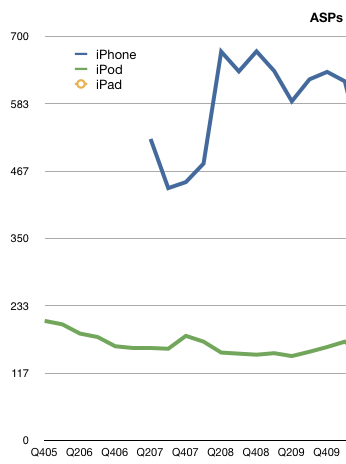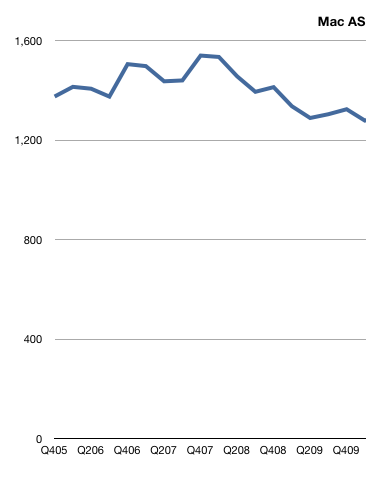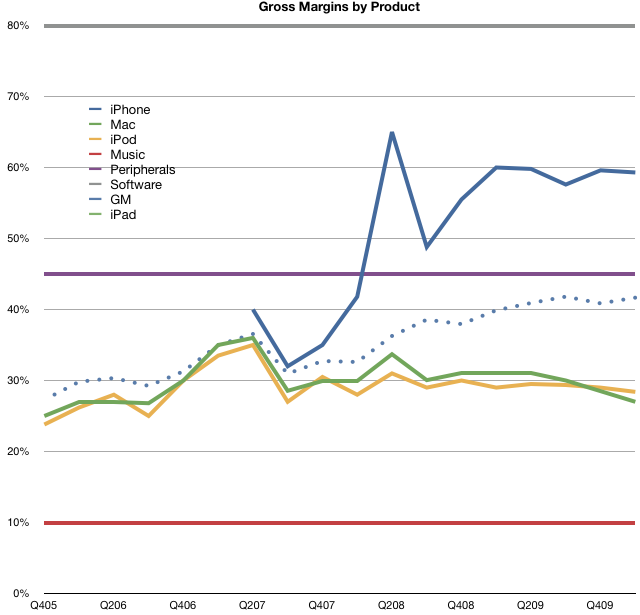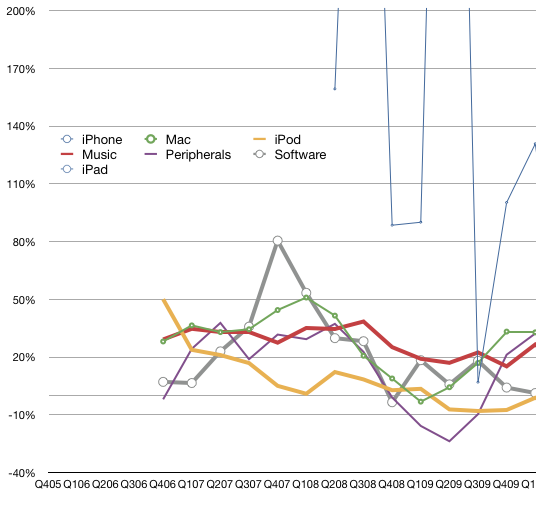Nokia reported 21.5 million converged devices sold in Q1. The units, share, ASP, Revenues and Operating Profits are compared in the following table.

It’s once again evident that Apple captured more profits from the iPhone than Nokia did from all its devices and services operations.
With respect to converged devices, Apple also generated more sales and had nearly triple the ASP. Unit shares remained almost the same sequentially. Nokia did suffer more from ASP erosion sequentially as the converged ASP dropped by 24% vs. a 2.5% drop for Apple.
What is interesting from a growth perspective is that Apple’s #1 position in the share of profits from mobile phones was acquired with such a low market share. Analyst Brian Marshall said the most interesting part of Apple’s story is the international growth of the iPhone. He believes that Apple has only acquired about 1.5 percent of its international carrier partners’ total postpaid subscription base of 525 million. For comparison, its penetration in the U.S. peaked in Sept. 2009 on AT&T with 5 percent.
Sources:
Nokia – Investors- News Release
Apple – Investor Relations

